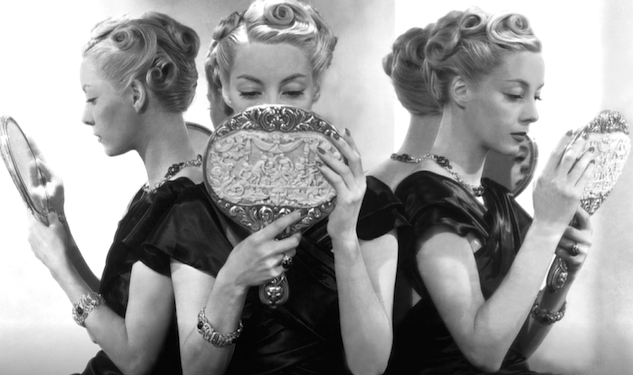
There was a time when beauty brands were far behind in digital. No longer.
According to L2 Think Tank, beauty brands have embraced e-commerce, with online sales up 29 percent year over year in the first quarter. They’re joining the parade of other industries that are seeing ways to build direct relationships with customers that circumvent their traditional distribution partners, in beauty’s case retail outlets. They’re also getting more sophisticated at digital. According to L2, three quarters of brands now incorporate user reviews, 39 percent support auto-replenish through e-commerce, and 18 percent promote loyalty programs on their sites.
L2’s fourth annual Digital IQ Index benchmarks the digital competence of 56 beauty brands on more than 675 data points across their websites, digital marketing strategies, social media outreach and mobile presence. Estee Lauder and Lancome tied for first place and Clinique came in second. Brands that did not make the top 10 list: Dior, Chanel, Rimmel, Nars, Stilla, Revlon and Almay, to name a few.
It’s no surprise that Estee and Lancome lead the way in digital. According to L2, Estee Lauder is dominant in digital marketing, with one successful program after the next. It’s site features a live chat option and 24/7 customer service. Its “Cupcakes and Cashmere” blogger partnership was also one of the reasons that L2 scored Estee so high. As for Lancome, its Michelle Phan partnership continues to flourish across channels. It’s recent “Taxi Shop” campaign made it stand out among the rest for mobile innovation and its website’s autoreplenish got it the highest score for websites overall.
An interesting finding was that almost half of the 56 brands in the L2 index now register Amazon as a top source of downstream traffic from their sites, up from 36 percent a year ago. Only three brands in the index officially sell on Amazon, but Amazon is purchasing brand terms on Google against 46 percent of the brands in the index.
L2 found that for the group of brands doing the best across the board in social media, Facebook remains the largest source of referral traffic. However, year-over-year analysis suggests that its influence is waning. Upstream traffic from YouTube has doubled and is now a top eight source of traffic for 41 percent of brands.
Here’s the full list of the top 10:
1. Estee Lauder
1. Lancome
2. Clinique
2. L’Oreal Paris
3. M.A.C Cosmetics
4. Aveda
4. Maybelline New York
5. Kiehl’s
5. L’OCCITANE en Provence
6. Bare Escentuals
6. Benefit
6. Clarins
7. Mary Kay
7. Urban Decay
8. Bobbi Brown
9. Cover Girl
10. Avon
10. Smash Box
More in Marketing

Why the New York Times is forging connections with gamers as it diversifies its audience
The New York Times is not becoming a gaming company. But as it continues to diversify its editorial offerings for the digital era, the Times has embraced puzzle gamers as one of its core captive audiences, and it is taking ample advantage of its advantageous positioning in the space in 2024.

Why B2B marketers are advertising more like consumer brands to break through a crowded marketplace
Today’s marketing landscape is more fragmented than ever. Like consumer brands, business brands are looking to stand out in a crowded and competitive marketplace, making marketing tactics like streaming ads, influencers and humorous spots more appealing.

As draft puts WNBA in spotlight, the NBA is speeding up ballplayers’ transition to creators
The NBA’s star athletes are its greatest marketing asset.





